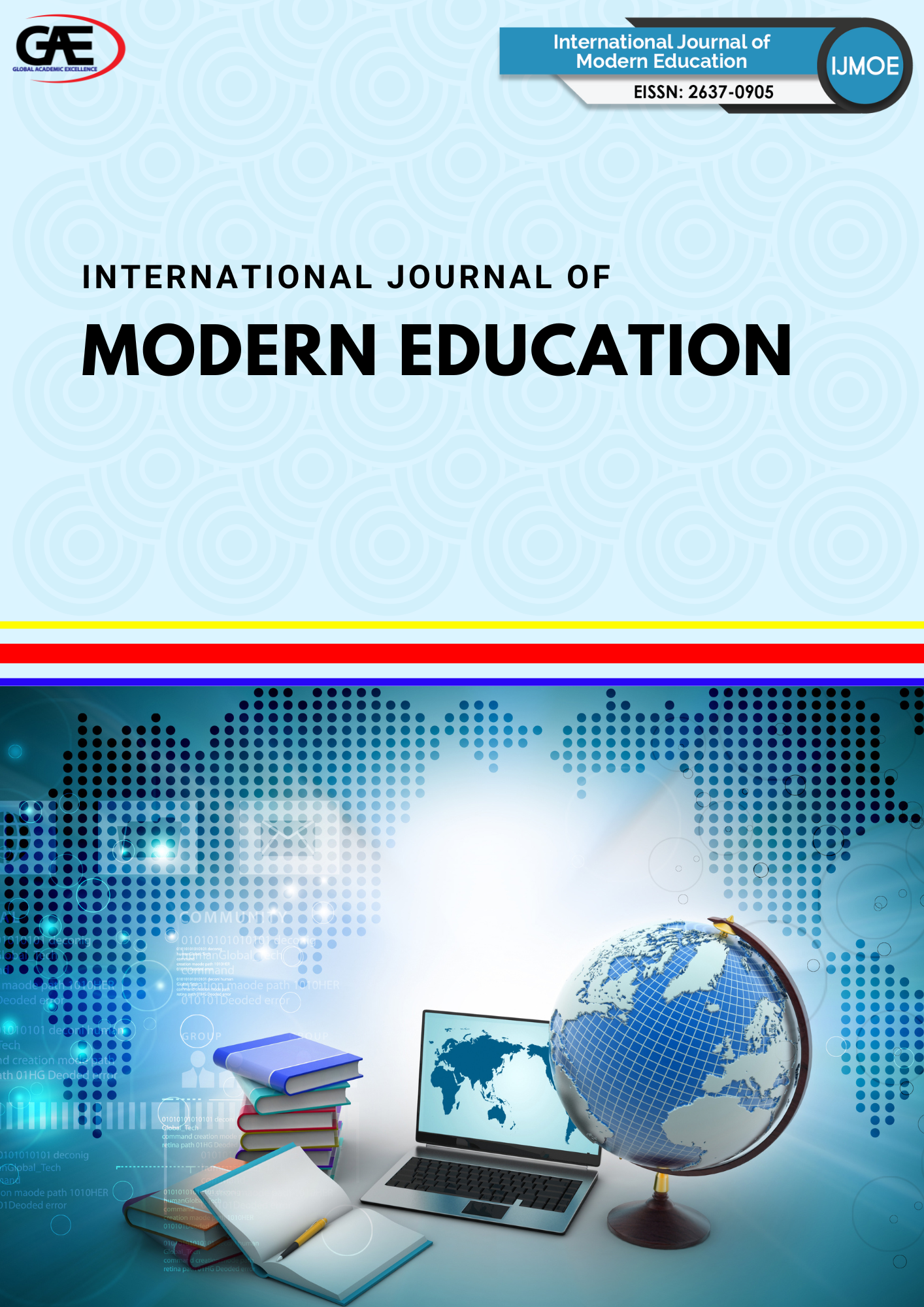GLOBAL RESEARCH TRENDS ON SCIENTIFIC CURIOSITY IN STEM EDUCATION: A BIBLIOMETRIC AND VISUAL ANALYSIS
DOI:
https://doi.org/10.35631/IJMOE.726016Keywords:
Scientific Curiosity, Stem Education, Bibliometric Analysis, Inquiry-Based Learning, Educational Technology, International Collaboration, Visual MappingAbstract
This study investigates global research trends on scientific curiosity within the context of STEM education through a comprehensive bibliometric and visual analysis. Scientific curiosity is increasingly recognized as a key driver of inquiry-based learning, problem-solving, and sustained engagement in the fields of Science, Technology, Engineering, and Mathematics (STEM). Despite its theoretical importance, a systematic examination of how scientific curiosity has been conceptualized and advanced within STEM education remains lacking. To address this gap, a bibliometric analysis was conducted on 2,062 documents retrieved from the Scopus database, covering publications from 2020 to 2025. Data were cleaned and standardized using OpenRefine and analyzed through Scopus analytical tools and VOSviewer to map publication trends, keyword co-occurrences, co-authorship networks, and international collaborations. The results indicate a steady increase in related publications, with the United States, China, and Australia emerging as leading contributors. Keyword analysis highlights central research themes, including student engagement, inquiry-based learning, educational technology, and STEM pedagogy. Co-authorship network mapping reveals a growing trend of international collaboration, particularly among institutions in North America, Europe, and Asia. Furthermore, the analysis reflects a shift in research focus driven by digital transformation and the COVID-19 pandemic, as evidenced by the frequent use of terms related to remote learning and artificial intelligence. In summary, this study delineates the evolving landscape of scientific curiosity research within STEM education and identifies emerging areas of focus. The findings provide a foundational reference for future research, educational policy formulation, and pedagogical innovation aimed at fostering curiosity-driven learning in diverse and technologically evolving STEM contexts.






